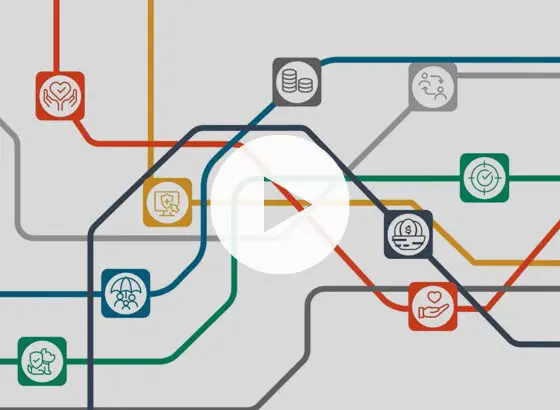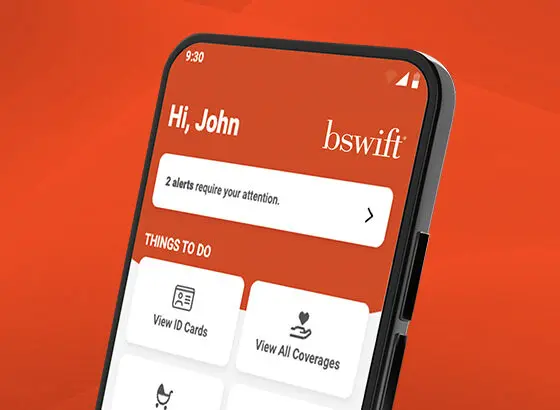HR pros know that the right mix of benefits is critical. But with so many options out there, it can be tough to figure out which benefits really make a difference. There are a lot of levers HR can pull to manage employee satisfaction, retention, and recruitment, but what benefits have the biggest impact on your workforce?
Forbes recently published survey results that shed some light on the benefits employees want most. Let’s dive in and see which benefits move the needle for employees.
Why Employee Benefits Matter
Before we get into the nitty gritty, let’s talk about why benefits are so important. According to the survey, 40% of employers have had employees leave their job for better benefits. And 1 in 10 workers say they’d take a pay cut to access better benefits.
Clearly, benefits are critical to employee satisfaction and retention. In a competitive job market, having the right mix of benefits can be the deciding factor in a candidate accepting one job over another. It can also be what keeps your top talent from leaving.
Beyond that, it’s about having the right mix of benefits delivered through a contemporary ben admin solution with the right benefits communication strategy. These can help employees understand their benefits, enhance HR’s relationship with the rest of the organization, and help employees feel more connected to their healthcare experience.
The Top 5 Benefits Employees Want
Employers were mostly in line with naming the top three benefits employees want. But their understanding of employees’ preferred benefits drops off after that. Notably, employers undervalued mandatory paid time off and overvalued employee discounts.
So, what benefits do employees really want?
The top five employee benefits are:
1. Employer-covered Healthcare
It’s no surprise that most employees (67%) and employers (68%) agree that employer-covered healthcare is the most important benefit. This benefit is a basic necessity, and most employees expect their employer to provide it.
2. Life Insurance
Life insurance ranks as the second most important benefit, with 45% of employees and 43% of employers naming it as a top benefit. Having that peace of mind knowing that your loved ones will be taken care of is crucial.
3. Retirement Plans
Planning for the future is essential, and 34% of employees and employers agree that pension and retirement plans are vital benefits. These benefits help employees ensure they have the financial resources they need to enjoy their golden years.
4. Mandatory Paid Time-Off
Employees value mandatory paid time off a lot more than employers realize. While 31% of employees named this a top benefit, it did not crack the top five among employers. This benefit is critical for employee well-being, providing employees with the time they need to rest, recharge, and enjoy time with loved ones.
5. Mental Health Assistance
Finally–and also connected to employee well-being–mental health assistance is a top benefit. A third of employers named it a top benefit and 23% of employees listed it. Providing assistance in this area has become increasingly important in recent years, and it can make a big difference in employee well-being.
Benefits Employees Will Leave You For
When it comes to employee turnover, pay is still a significant factor—32% of employers named it as a top reason for turnover—but as far as deal-breakers go, it isn’t the only one. Other forms of compensation also drive employees to find new jobs.
Better benefits was right up there, with 26% of employers citing it as a catalyst for employee turnover. Many companies have adjusted their benefits packages and worked to create a more employee-centric workplace in response to this trend. They’ve recognized the importance of offering a comprehensive benefits package to attract and retain top talent.
Rounding out the top drivers of employee turnover were better advancement opportunities and flexible, work-from-home options.
Remote Work Benefits
It’s a post-pandemic world, but remote work is here to stay. Broken down by age group, the percentage of people who want to work from home looks like this:
- 18-25: 27%
- 26-41: 41%
- 42-57: 40%
- 58-76: 38%
For HR professionals, this means rethinking how to attract and retain top talent. Here are some of the top benefits that employees are looking for in the remote work world:
1. Flexible Hours
Flexible work hours were called out by 34% of employees and 40% of employers as a top benefit for remote workers. By allowing employees to set their own schedules, companies can create a more engaged and productive workforce.
2. Work-Provided Equipment
Access to the right equipment for the job is crucial, which is why some companies are already providing that equipment. In fact, 26% of employees and 34% of employers named it a top remote-work benefit.
3. Home Office Stipend
Finally, some remote employees may benefit from a home office stipend to help cover the costs of setting up a functional workspace at home. While not as widely appreciated as flexible hours or work-provided equipment, 17% of employees and 20% of employers named a home office stipend as a valuable perk for remote workers.
What Does This All Mean for HR?
So, what do these statistics mean for HR professionals? First, partnering with a benefits administration company that embraces technology and innovative thinking is crucial. At bswift’s annual Idea Exchange (IX) conference, we provided a sneak peek of new insights we’re getting from Forrester Research. We also unveiled a range of solutions that can help our clients overcome these challenges. Stay tuned for more updates on these exciting developments.
Beyond that, prioritize benefits that support work-life balance for employees and highlight your understanding of their needs. When we listen to what employees truly want, we can create a workplace that attracts, supports, and retains great employees.
You Need an Innovative Solution Backed by Excellent Service
bswift empowers companies like yours, and your employees, to maximize their benefits using the latest technology, a compassionate approach, and a thorough understanding of each client’s benefits strategy.






































